A Career High Interview
If you told me a few years ago I would be interviewing Mario Bemer I would call you crazy.
Yet here we are and I have the chance to talk to one of the finest shoemakers of our time one on one. Not only that, but also foster a nice, friendly relationship with a genuinely great man.
I encourage you to read this to the end and sip in the knowledge and passion that Mario exudes with every sentence.
About Mario Bemer
Almost 2 years ago I published a well-received article series about the Best Dress Shoes.
It had 3 segments (under $400, $400-$700 and over $700). It was my first time really researching more about the Bemer family name in shoemaking yet important to name both Mario and Stefano.
One day I received a comment about none other than Mario himself. The great Mario Bemer read my blog and I was on cloud nine.
He surprised me with his humility and friendliness and we kept in contact via mail and Instagram. Follow him around and you will also notice that his posts revolve about more than just shoes.
You will see cars, sceneries, leatherworking and the same passion a 20 year old has in an older shell.
I am thankful and humbled he chose to answer all 21 questions I posed and can finally share with you all. But I really don’t want to wait more so let’s get going!
1. Hi Mario! It’s incredible to have you here. There is a lot of history behind “Mario Bemer” Brand. It all started of course with your brother Stefano. When did the Bemer family history in shoemaking begin and how?
It all began with my brother Stefano in 1983, in Greve which is a small town in the heart of Chianti Classico.
From shoe repair to bespoke shoemaking, this was the beginning of an exciting adventure, a legacy that I am proud to carry on.
2. You studied technical design but how exactly did you learn shoemaking? Was it Stefano or other masters that taught you?
I completed my studies at the Istituto Tecnico. There I learned technical design as well as the basics needed for the construction of any object, be it conceptual or material.
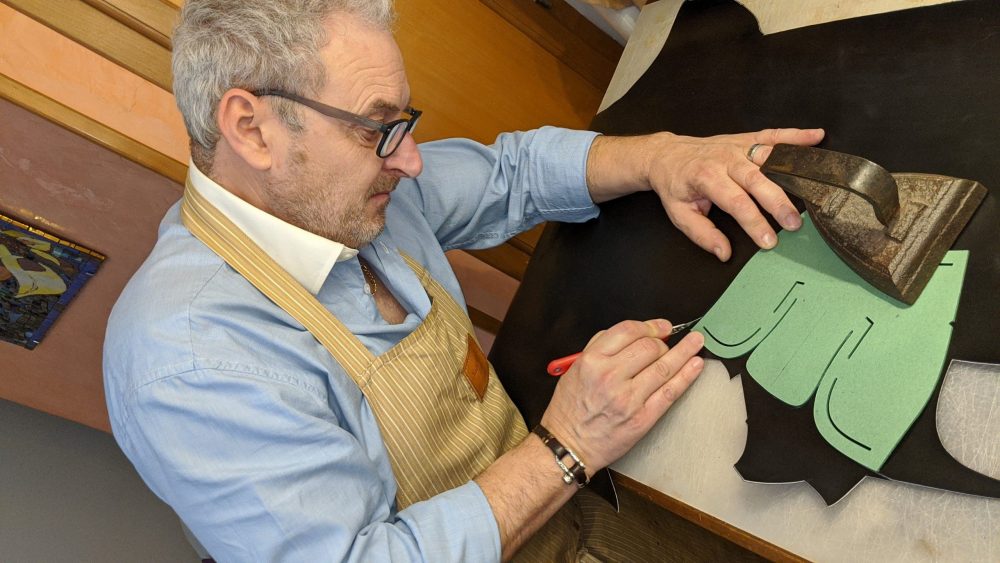
But it was Stefano’s deep love for this craft that really drew me in. Along learning from master artisans, it took practice, practice, and more practice to truly understand the minute details of shoe construction.
3. There is a certain confusion regarding the current state of the Stefano and Mario Bemer Brands. Today though I want to talk about you only. From my understanding there is Mario Bemer USA and Mario Bemer Firenze. Who does what and why did you decide to have 2 “different” companies?
I will clarify the confusion.
After my brother’s passing, the Brand name “Stefano Bemer” was purchased by a local leather goods shop.
I collaborated with them for approximately 6 months, but after realizing that the new company was going in a direction that was in stark contrast with our philosophy, I decided to go off on my own.
I created Mario Bemer Firenze with a partner in 2014. However in May 2018 after irreconcilable disagreements within the company I decided to go on my own.
I now have a workshop in Florence and I use only the finest materials from the best tanneries in Tuscany. The legal entity of my company is now based in the USA as this is where the majority of my clientele is.
I also have an Atelier in NYC and a showroom in Washington D.C. but also regularly do trunk shows in major US cities.
Now I have nothing to do with the “Mario Bemer Firenze” and am in a legal dispute to remove my name from that former business.
4. You must be proud to carry forward the legacy of your brother. Is there a way you honor him through your designs, construction or behavior? Your brother was known as a very gentle good man!
Yes, my brother was a wonderful, talented, and kind man who gave a lot to the world of shoemaking.
For me it is a privilege to carry on Stefano’s legacy. Our philosophy of shoemaking excellence was deeply rooted in the ancient tradition of Florentine shoemaking.
I am proud to be judged by others for the work that I do. Stefano had a very particular way of envisioning his work and the materials he used.

From him I definitely learned how to interact with the client and familiarize them with our method of crafting shoes. We welcomed newcomers into our world.
In fact in the near future I plan to take on students in my Atelier in NYC; it is important to pass on this craft to the new generations.
5. What kind of person buys bespoke shoes? Do they know what they want or do they let your experience guide them?
The client who comes to me for a Bespoke is usually a man with a sense of himself, and he enjoys treating himself.
These gentlemen usually do not need to flaunt, they don’t show-off. They know what they want, but also expect my advice, and as I like to say “we’ll craft this shoe together”…
6. In an era where everybody tries to “flex” I surely appreciate your description. Why should he buy bespoke shoes in the first place?
Obviously a Bespoke shoe will be a perfect fit as well as being a unique aesthetic representation of his personality.
Additionally it’s the satisfaction of knowing that you have a product made just for you.
7. What is the process behind making a bespoke shoe today? What is the starting price for a pair?
I remain a part of the “old school” of traditional shoemaking. With this in mind I take into account the clients individual needs and requests.
I start by studying the customer’s posture and gait, then taking precise measurements of the feet.

We discuss the model, styles, colors, materials, and details…..The next step is crafting the clients personal last in wood.
From this point we make a “test shoe” which is ready a few months later; here we can verify if the fit is perfect or if any adjustments need to be made.
This will determine if another test is necessary or if we can go forward with crafting the actual shoes.
The total time is anywhere from 6-9 months (in normal times). The price for a true Bespoke begins at $5000 USD which includes the personal last. We keep that last in my atelier for other shoes the client might request in the future.
8. Are the RTW shoes still made in your bespoke level standards?
My custom-made is as close to a Bespoke as you will find…
Let me explain: working with standard lasts it is possible to make minor modifications, which is what we call a MTO.
As with the Bespoke the mounting and sewing of the welt is completely hand stitched.
For obvious reasons on a MTO we do the sewing of the welt to the sole by machine. Not all the components are handmade as for the Bespoke.
9. I find it very interesting that in Italy they often use the word “Goodyear” when it is actually handmade not machine. Is this true?
Yes, we use the term Goodyear to describe the technique used in constructing the shoe.
It can be done by machine or by hand. The term was introduced in Italy in the ’60, before then we used the term “Tramezza”.
10. What is your philosophy when making shoes? Do you take a classic design and add your personal more modern touch to it?
My philosophy has always been the same.
Always do the best to satisfy the client. As I stated earlier, I enjoy creating the shoe with the client.
Each model can be interpreted according to the materials, colors, details. For example a classic model can become sportier, or more casual.
We can alter the volume of the design to make it more aggressive or serious; one can be as creative as they want as there are infinite possibilities.
11. People say handmade and handcrafted so easily these days. What is a truly handmade shoe for you when it comes to construction and components/stitching?
The wording “Fatto a Mano” is certainly something the world of shoemaking abuses today.
You can define anything as “handmade”, but this does not necessarily determine the quality. In truly handmade shoes each and every step should be done by hand without the aid of machines.
If one were to follow this rule even the upper should be hand sewn; this is where I disagree, I find that machine sewing the upper is perfectly acceptable.
12. What is the strangest or boldest design a client has asked for or commissioned?
We could have a long conversation on this subject, a style that is bold, eccentric, or strange for one may simply be normal for the client ordering it.
One’s personality and taste is directly tied to each individual. I recently crafted a pair in leather and hand loomed silk velvet from the Fondazione Lisio, quite eclectic and beautiful.
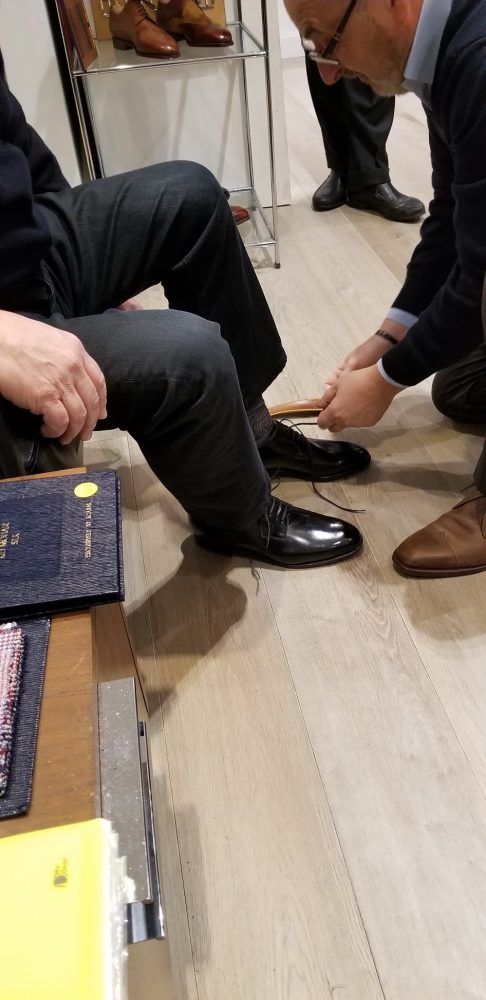
13. Do you have a favorite model design and why?
Personally I always preferred a Derby, I find it practical and dynamic. On this model we can create a variety of styles, from very formal to extremely casual.
Nowadays there are less rules stylistically speaking, than in the past where elegance and sober styles reigned.

14. Which is your favorite and which is the hardest leather to work with?
Each type of leather has its own characteristics, and a good artisan will know how to work and interpret them.
I personally am very fond of the Tuscan veg tanned leather; I find that it reveals itself in time.
It is a natural product that has not been chemically processed; therefore it adapts and takes on a beautiful patina. For me no other leather can compare to it.
One leather that I find very difficult to work with is Stingray, not a good choice for shoes; it is quite rigid and does not conform to a shape very well.
15. Do you have any other shoemakers or brands that you admire?
I admire the work of several shoemakers; Gaziano & Girling, Stephan Jimenez, Vass…..I do find the work of certain Japanese artisans very good, impeccable workmanship.
The work is actually so perfect that sometimes it is difficult to identify the hand of the maker. These shoes are so beautiful that they almost feel as though they should not be worn.
My view is different; I want my shoes to be worn, to “live” on the clients’ foot!
If I think about the great shoemakers of the past-John Lobb and Gatto di Roma come to mind, somber and absolute excellent technique.
16. Do you try to educate clients about things? How do you translate more technical details in a simpler way?
As I mentioned earlier as an Artisan it is imperative to develop a rapport with the client.
By having a conversation and discussing the elements that the client wants I am able to visualize and suggest technical details.

I often show the client a sectioned shoe, explaining as I show the inside construction. I find it easier to show the client rather than explaining with terms they may not be familiar with.
As a matter of fact I am finishing my book where I explain exactly how a Mario Bemer shoe is made; it will have technical descriptions as well as pictures of my shoes in evocative settings around Firenze!
17. I can’t wait to read that! What is the hardest part of your job and which the most satisfying?
The most difficult is understanding the foot we are working with, knowing how to interpret its characteristics on the last.
The most satisfying is seeing my shoes worn and enjoyed by the client.
18. How does someone become a shoemaker these days? There is a limited amount of schools.
It takes an enormous amount of patience and sacrifice.
Some schools offer an introduction to the theory and an overview of this craft, but often they are simplified courses, very diluted and not enough time given to the actual practice of the various steps.
The question one must ask is “...am I looking for a job or am I willing to learn a craft?“. I am of the idea that to truly learn this craft one must spend time in the “Bottega” the workshop of a valid artisan.

Less expensive than a school setting but infinitely more instructional. Again I repeat sacrifice and patience, lots of patience!
19. Do you take apprentices? Asking…for a friend!
In my new workshop and Atelier In NYC I am planning on offering classes to a few apprentices.
I feel it is very important to hand down the knowledge to the new generations.
20. Chase your passions by risking it or settle for an unfulfilling but safer life?
I am at a point in my life where I can do what gives me satisfaction and what I enjoy most.
First of all crafting shoes and leather accessories. When I have time I like to spend my time restoring classic cars and documenting their history.

21. Any advice for our readers and prospective shoemakers?
Think very carefully and honestly about how prepared one is to take on this path.
It requires sacrifice and takes time, but the satisfaction can be incomparable. Time will tell!
Key Takeaways
First of all, I would like to formally thank again Mario Bemer for this interview.
A busy man, that took a chunk out of his valuable time to talk to me (and you all) about the art of shoemaking.
What I enjoy the most is the way he weaves his sentences and how he marinates them with a certain meaning, feeling and passion. All the shoemakers I interviewed so far share commonalities but each has their own distinct personality.
Mario Bemer is no different. He will be quite honest and upfront about things such as the difficulty of becoming a shoemaker, but at the same time remind you of the rewards and satisfaction you will reap.
He will also remind you that a shoe is a complicated process, yet a reflection of someone’s self and personality traits.
One cannot stress enough the importance of passing knowledge of dying crafts to the future generation. Especially when life cruelly and unfairly takes away good people like Stefano or Riccardo Bestetti from us too early.
Dozens of hours go into creating a handmade shoe which will last you for life while also carrying the legacy of the shoemaker. Very few feelings can relate to this when it comes to clothing articles.
Conclusion
I love shoes because they are an extension of yourself and your personality. It’s an inexplicable feeling how easy it is to look at a shoe and see a work of art.
A trade that fascinated me for years and quite possibly does the same for you if you are reading this. There were people like Justin FitzPatrick and Jesper of Shoegazing that inspired me to start my business, but people like Mario Bemer, Antonio Meccariello and Paolo Scafora that inspire me to immerse myself in the trade.
Most of the people I met in this high end industry so far are phenomenal, welcoming everyday people. They will be happy to talk with you about shoes and life for hours.
I in fact look forward to reading Mario’s book and discussing classic cars with him one day. You can contact him through his simple minimalist website here.
Until that happens, I genuinely hope you loved this interview. It would be amazing to hear your thoughts in the comments down below and maybe tell me who you would like me to interview next.
I will be back next week with something great as always. Make sure to Subscribe of course huh!
Thank you for reading,
Kostas Mandilaris,
Misiu Academy





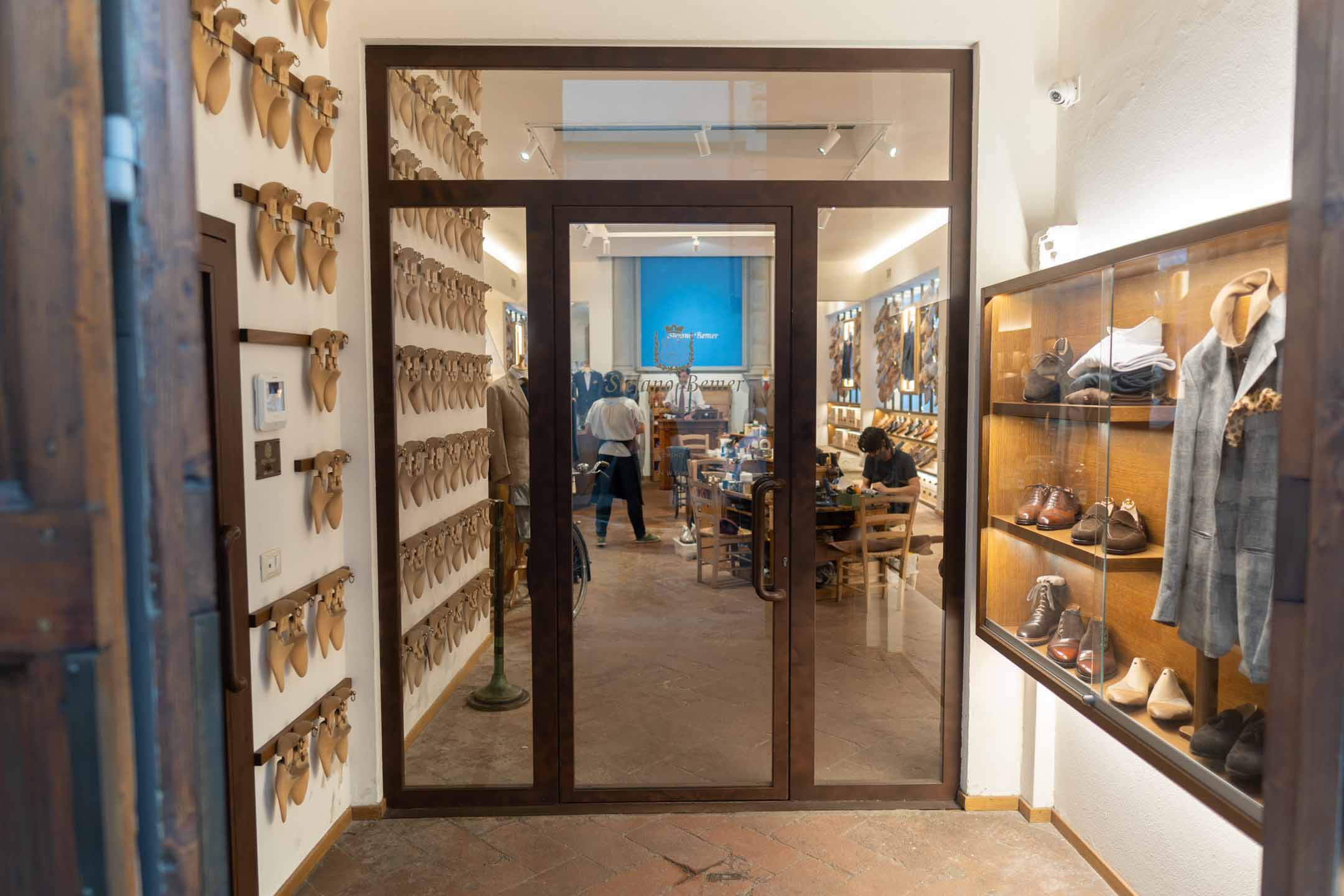

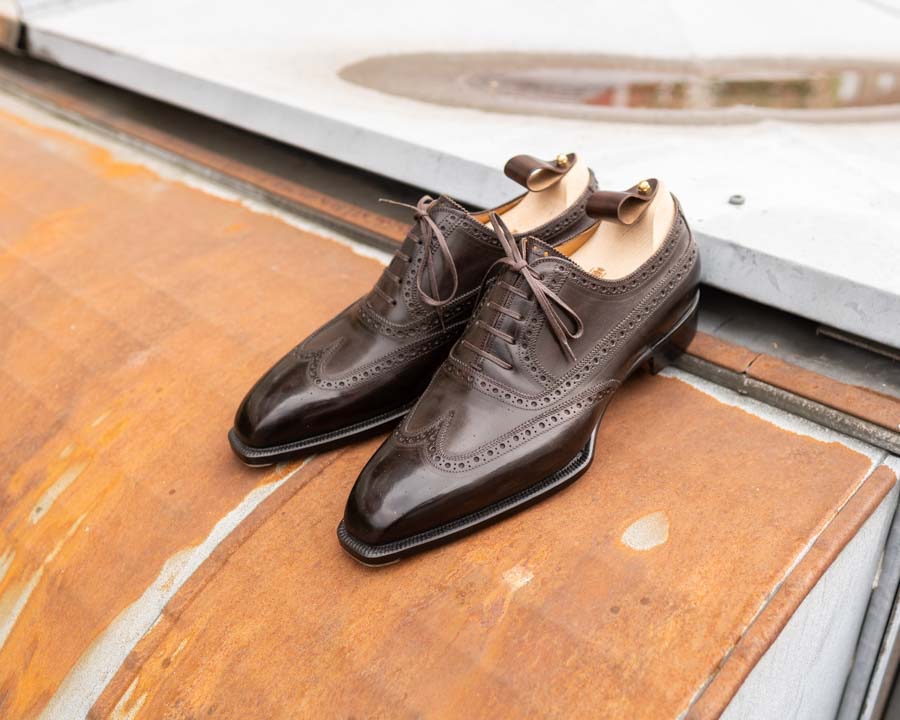

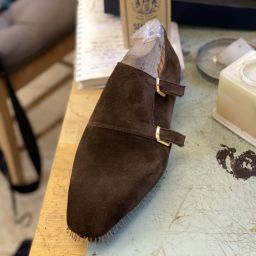

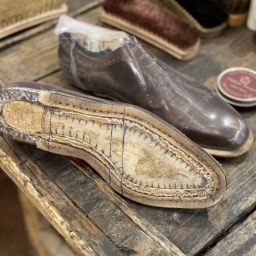
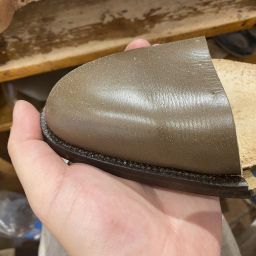


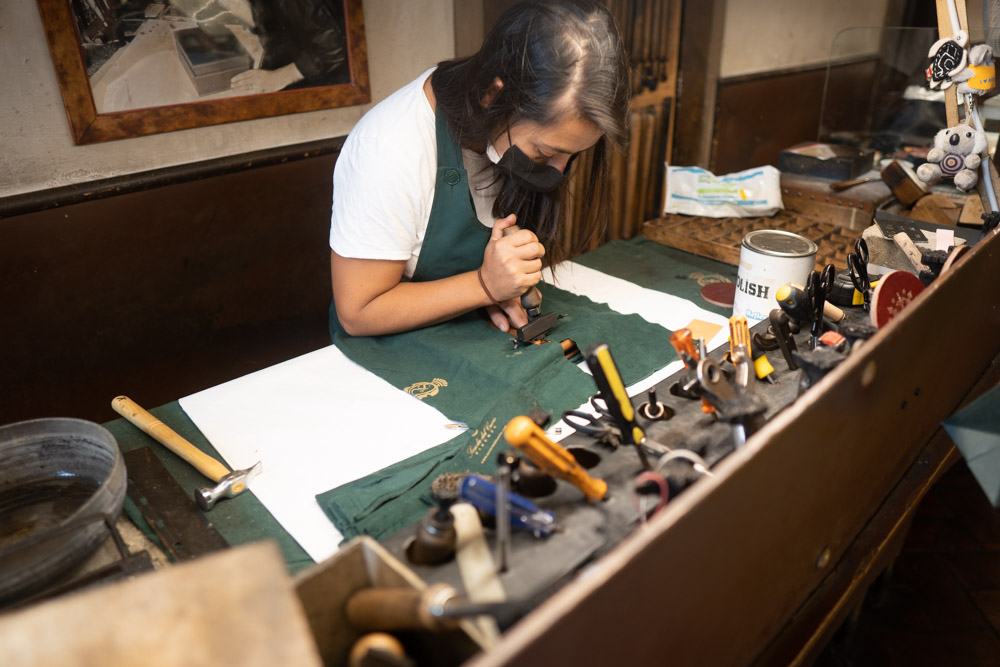


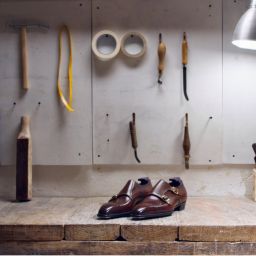
Great article! Any plans to do a future review of Mario Bemer’s RTW shoes?
Hi Lucien,
I am currently designing an MTO pair with him. There will be a review but I can’t give a date yet! But yes I will!
Mario is a Shoemaker in love. I think this profession is falling by the wayside because it is a big effort for young people to learn this profession. Today, hardly anyone wants to spend so much money on shoes and the apprentices get accordingly poor employment conditions. As a worker, the wages are under any sow.
As a self-employed person, you can hardly get a store that is affordable, so there is a lot of trouble all along the line. I myself had already had handmade shoes, but from the quality, I was not so convinced.
My favorite shoes today are the American “Samuel Hubbard Shoes”, produced in Portugal, real good quality shoes that not only look good, but they are also very comfortable.
Thank you for sharing your thoughts Peter ?